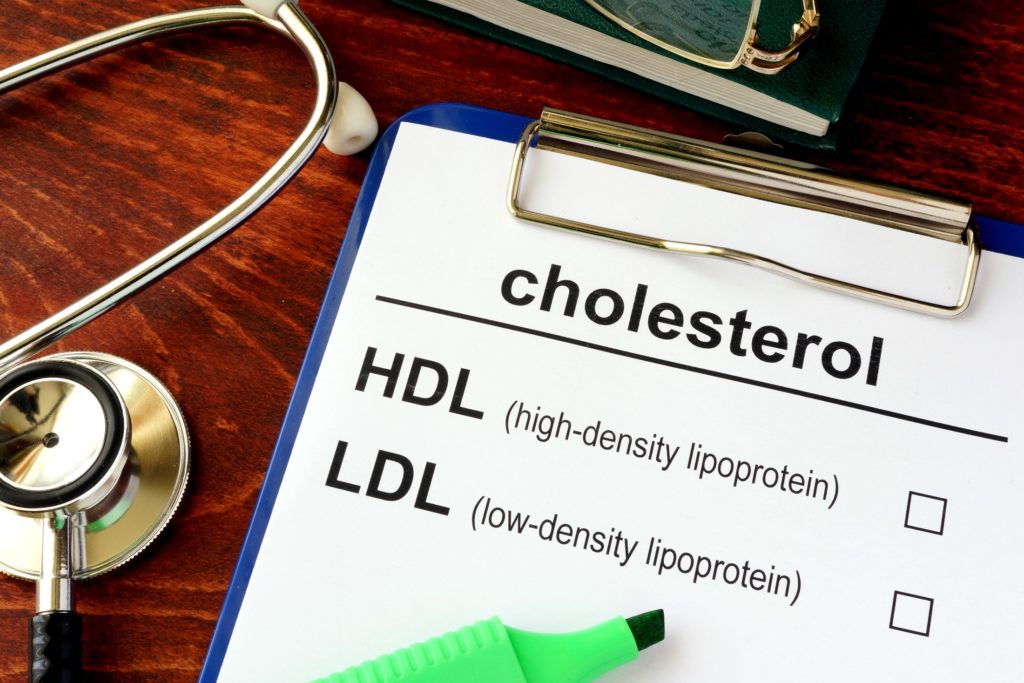Note: cholesterol-lowering pills to destroy their health beneficial brown fat tissue
Cholesterol lowering drugs: statins reduce brown adipose tissue
The ingestion of Cholesterol-lowering drugs may help reduce the risk for cardiovascular disease. However, will be increased by these medicines, the risk for certain diseases such as Diabetes. And, as researchers now have found out, reduce statins tissue, as well as the health beneficial brown fat.
Diet and medications
About every third German citizens, the cholesterol is too high. Elevated cholesterol levels can lead to diseases of the vessels, with possible consequences such as a heart attack or stroke. In order to reduce the cholesterol, is generally recommended a change in Diet. Often, cholesterol-lowering drugs. However, specialists criticize that such preparations are much over-prescription, and in many cases more harm than good because they cause muscle aches and the risk of Diabetes may increase. In addition, researchers have found that cholesterol-lowering drugs also reduce the health beneficial brown fat tissue.

Some adults have white also brown adipose tissue
According to experts, a part of the adult human does not possess tissue only white, but also brown fat. The latter helps to transform sugar and fat into heat.
Who has brown fat tissue, can regulate its body heat in the Winter better, and suffer less Obesity and Diabetes.
An international Team of researchers under the leadership of Christian Wolfrum, a Professor at the laboratory of translational nutrition biology, Swiss Federal Institute of technology Zurich (ETH Zurich), has now found out that the medication class of statins reduce the formation of brown adipose tissue.
Statins reduce cholesterol levels in the blood and are prescribed for, among other things, to reduce the risk of myocardial Infarction. According to a communication from the ETH Zurich, these preparations are the world’s most used medicines.
Statins reduce activity of brown adipose tissue
Wolfrum and his colleagues have been exploring for years the brown adipose tissue. The scientists looked into the question of how the “bad” white fat cells which form the well-known fat, “good” brown fat cells.
In cell culture experiments, they have now found out that the for the production of cholesterol responsible pathway plays a Central role in this transformation.
As a key molecule that regulates the conversion of the identified pyrophosphate, the researchers, the metabolic product of geranyl geranyl -.
As known from previous studies, the cholesterol-metabolic pathway for the effect of statins in Central. Among other things, statins lead pyrophosphate to a decreased formation of geranyl geranyl -.
Therefore, the researchers wanted to know whether statins influence the formation of brown adipose tissue. You do, in fact, as the scientists have now been able in studies in mice and humans.
Among other things, the experts, positron-Emission-tomography analyzed images of about 8,500 patients at the University hospital Zurich. On these images, the scientists were able to identify whether people have brown adipose tissue.
In addition, it was the patients is not known, whether they had to take statins. The analysis showed that among the people who had to take no such means, six percent of the brown fat had tissue. Among the people taking statins, had a good percentage of such tissue.
In an independent clinical study with 16 people at the University hospitals of Basel and Zurich, the researchers could also show that statins reduce the activity of brown adipose tissue.
Their results were published in the journal “Cell Metabolism”.
Cholesterol-lowering drugs save millions of lives
Although the study shows a negative effect of statins, warning of the ETH-Zurich Professor before talking these drugs bad.
“You also have to throw in the pan that statins are very important for the prevention of cardiovascular disease. These medicines to save the world many millions of people and may be prescribed for very good reasons,“ says Wolfrum.
However, there is another negative effect of statins: high-dose taken increase in some people the risk of developing Diabetes, as is known from other studies.
“May these two effects, hang the tissue – reduction of brown fat and the slightly elevated Diabetes risk,” says Wolfrum. This needs to be investigated more specifically.
However, even if true, such a connection, it wouldn’t do to demonize statins, says the ETH Professor.
Much more likely you would have to go into further research of the mechanisms of action and to find out which patients are affected by the negative effects.
May be you could recommend, then, with approaches to personalized medicine the majority of patients continue to take statins, should, however, a small group of patients, alternative therapies near. (ad)


